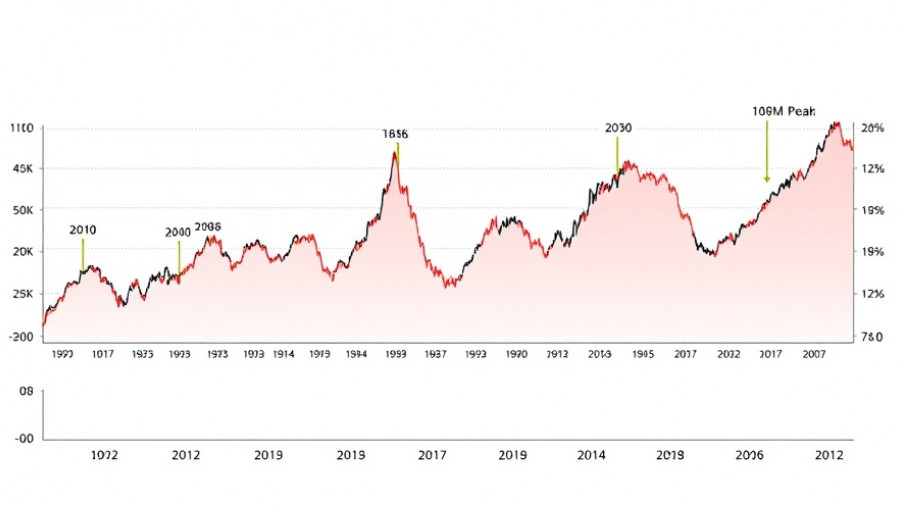
Is the Cash ISA Allowance Under Threat Again?
Recent discussions about the potential cut to the £20,000 cash ISA allowance reveal a cyclical pattern of financial discourse in the UK. The City minister, Emma Reynolds, has consulted with banking executives from major institutions like NatWest and HSBC, indicating that the government may attempt to reform individual savings accounts (ISAs) for the first time since their introduction in 1999.
Prioritizing Real Wealth Growth
The crux of the dialogue seems to revolve around whether restricting cash savings while encouraging investments would significantly impact the economy. Critics argue that such measures detract from focusing on genuine economic growth strategies. Instead of revising spending limits, discussions should be centred on enhancing wealth generation for all, steering clear of squabbles over financial privilege.
The Dangers of Fiddling with Financial Wrappers
As cash ISAs once more land in the spotlight, it’s crucial to understand the implications this has for the average Brit. Many believe that the so-called middle-class tendency to hoard cash is not what's stifling economic expansion. By thinking outside the box and encouraging diversified investments, the UK can build a more sustainable financial future.
Looking Ahead
As we continue to observe these governmental discussions unfold, it will be essential for financial institutions and service providers to remain vigilant and responsive. The shift in policies could lead to an evolving landscape within the financial sector, ultimately impacting consumer behaviour and investment strategies.
In conclusion, while debating changes to the ISA allowance may seem trivial against the broader challenges of the economy, these decisions could have far-reaching consequences. It’s time for a forward-thinking approach that emphasizes investing in growth rather than clinging to outdated financial constructs.
 Add Row
Add Row  Add
Add 




Write A Comment